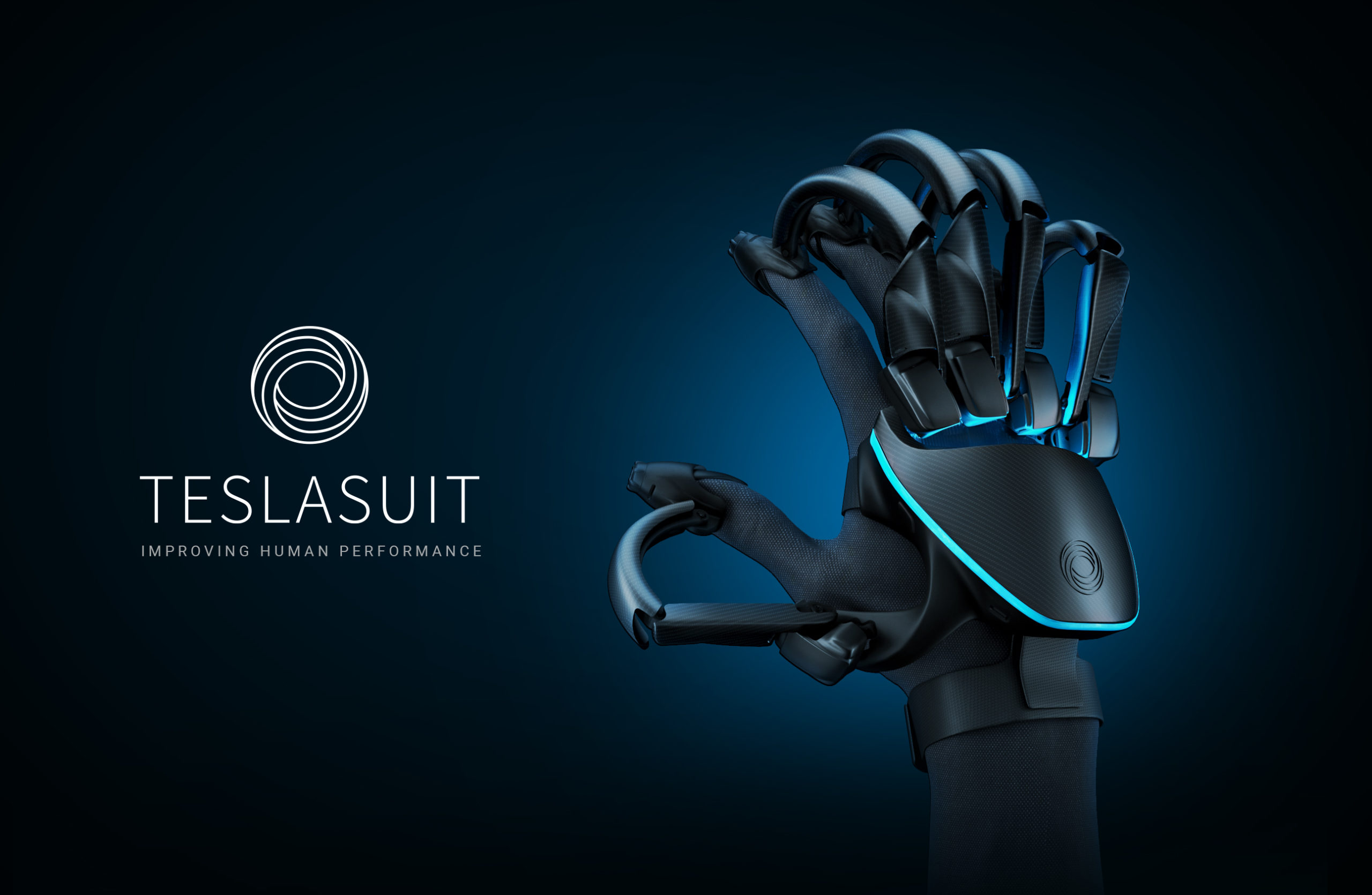Health Scholars Launches First Responder VR ACLS Training Sim
Health Scholars announced the availability of the first Virtual Reality (VR) Advanced Cardiac Life Support (ACLS) training designed specifically for first responders. Made possible with the company’s Public Safety Innovation Accelerator Program – User Interface grant from the National Institute of Standards and Technology (NIST) Partnership and the State of Colorado’s Advanced Industries Accelerator Program, the company is excited about the possible impact to the industry and the community. Designed in accordance with American Heart Association guidelines and input from local EMS partners, providers play the role of the team lead running a mega code and are provided thirteen total scenarios that reflect cardiac and non-cardiac arrest scenarios. Using voice direction, providers identify rhythms and direct virtual team members to shock, give meds, and/or perform CPR as necessary. The simulation provides extensive practice on communication, situational awareness, decision-making and competencies such as accurate hospital notification. “With average adult survival rates of 26% for in-hospital cardiac arrest and up to 11%[1] for out-of-hospital cardiac arrest, continuous improvement to cardiac arrest response and training is an obligation to patients,” says Brian Gillett, MD, President of Health Scholars. “ACLS is just the first application within a larger resuscitation suite because we believe that [...]

